
Salt Packets: Tiny, but Mighty
Let’s just start with a confession: I used to be that person. The one who’d grab drive-thru fries, rip open a couple of salt packets (or three… or four), and think, “It’s just a pinch, right?” But here’s the wild thing—those miniature packets seem so harmless, yet they pack a surprising punch. Seriously, have you ever actually looked into how many teaspoons of salt is in a salt packet?
I hadn’t, not really… until I felt puffy and a bit guilty after a Friday night takeout binge. So, let’s dig into why these sneaky little packets deserve way more attention than they get. Because knowing what’s inside might just change the way you see your next burger-and-fries run.
What’s Really in That Packet?
Alright, here’s the real deal. When you rip open a standard salt packet—the kind you get tossed into your paper bag at most fast-food joints—what you’re working with is usually between 0.75 grams and 0.8 grams of salt per packet. Not much, right? But don’t be fooled… that shakes out to around 1/4 teaspoon per packet, give or takeaccording to research on how much salt is actually in a packet.
Want a clearer picture? Open two standard packets—yep, something I do every time my fries taste a bit bland—and suddenly you’re sprinkling a whole 1/2 teaspoon of salt on your meal. I know, for something so small, it feels weirdly powerful…
For the strict numbers crowd (I see you, label-readers), that’s roughly 300–600 milligrams of sodium in a single packet, since salt is about 40% sodium. Curious about the milligram breakdown? Here’s a quick side trip: check out How many mg of salt in a salt packet for a deep-dive into those specifics.
Wait, Isn’t That… Not Much?
Sure, 1/4 teaspoon here, 1/4 teaspoon there. But it adds up way faster than you’d think!
Here’s a fun (or maybe not-so-fun?) visual: The FDA wants us to keep sodium around 3,000 mg daily (that’s about 1.3 teaspoons of salt… or ten salt packets, if you’re counting). Most of us are already clocking in at 3,400 mg or more—meaning extra packets are basically nudging our blood pressure up for zero good reasonaccording to the American Heart Association’s numbers.
If you were wondering about other units and conversions (and let’s be honest, who hasn’t squinted at a label in confusion?), you’ll want to see How many grams of salt in a teaspoon for a surprisingly handy cheat sheet.
Let’s Get Visual: A Quick Table
| Salt Packet(s) | Salt (grams) | Approx. Teaspoon | Sodium (mg) |
|---|---|---|---|
| 1 packet | 0.75–0.8 | 1/4 tsp | 300–600 |
| 2 packets | 1.5–1.6 | 1/2 tsp | 600–1,200 |
| 10 packets | ~8 | 1.3 tsp | 3,000–6,000 |
With numbers like that, you can see why piling up those mini packets kind of sneaks up on you. I’ve definitely had days where a couple extra sprinkles made my jeans feel tighter around the waist (yep, that bloat is real).
Sodium: Where’s It Hiding?
Okay, here’s where it gets wild… because even if you think your salt habit isn’t that bad, sodium is almost everywhere. Fast food and restaurant meals are obvious, but the stuff can lurk in canned soups, cereals, frozen dinners, heck—even “healthy” snacks. Turns out, over 70% of our sodium doesn’t come from the shaker, but is already packed into processed foodsaccording to American Heart Association research on sodium sources.
Let’s get real: Have you ever tossed extra salt on a frozen meal without even questioning what’s inside? (Guilty. Still makes me shake my head.) A single serving of canned soup or “deluxe” instant oatmeal can rack up 300–1,100 mg sodium. That’s up to half your daily “budget” in a bowl!
Ever scrolled the label of cheese, deli meats, or even bagels? Same story. Sodium likes to disguise itself with sneaky names too, so don’t just search for “salt”—look for anything ending with “sodium” (like monosodium glutamate, sodium benzoate, and the list goes on).
Let’s Compare! Where Salt Sneaks In
| Food | Sodium (mg) | Salt Packet(s) Equivalent |
|---|---|---|
| Small Fries, Fast Food | 250–350 | ~1 |
| Canned Soup | 800–1,200 | ~3–4 |
| Deli Turkey, 2 oz | 600–900 | 2–3 |
| Sliced Cheese | 400–450 | ~1.5 |
How wild is that? You can hit your 10-packet limit (aka, your 1.3 teaspoons of salt “allowance”) with just one deli sandwich, a cup of soup, and a sprinkle on your fries.
How Much Is Too Much?
Here’s where the numbers start to stick. To stay on “doctor approved” levels, the American Heart Association says to cap sodium at 2,300 mg a day. That’s almost exactly one teaspoon of table salt. And if you’re someone with high blood pressure, the ideal is even lower—1,500 mg. That means just 5 or 6 packets, max. Blows your mind a little, doesn’t it?
For a sanity check, or if you’re questioning label claims, hop over to How many mg of salt in a salt packet—super handy if you want to cross-check your favorite takeout spots.
I know I used to think, “Oh, that can’t be an issue for me…” until my cholesterol climbed and my doc gave me the “let’s try dialing back the sodium” face. Whoops. Live and learn, right?
Why Does Sodium Matter, Anyway?
If you’re thinking, “But isn’t sodium, like… essential?”—yep, 100%. We need it for fluid balance and muscle function. Your heart literally can’t tick without it. But too much, and your body holds onto extra water, pumping up blood pressure. That can mean swollen fingers, a pounding heartbeat… and, over time, way more serious stuff like stroke or heart failurebased on heart health research on sodium.
Even one salty weekend can leave me feeling like a pufferfish, so… yeah. Sticking close to the guidelines is a good call, no matter how healthy you feel now.
Salt Without the Guilt: Smart Swaps
Crazy thought: You don’t actually have to give up flavor—or live on bland chicken and sad broccoli. You just need to get a little clever about add-ins.
Try this—swap salt packets for black pepper, chili flakes, garlic powder, or some fresh lemon squeeze. Herbs and spices have rescued so many of my quick weeknight dinners. (Cumin, coriander, smoked paprika: I salute you.)
Give this a whirl: Rinse canned beans or veggies before using them—removes almost half the sodium. At restaurants, just ask for no added salt (seriously, most places are cool with it). And at home? Measure what you use with an actual spoon once. Spoiler: It’s more than you think.
My “Salt Experiment” That Actually Worked
A little story, if you’ll indulge me: I challenged myself to a “no-salt-added” week a while back—just to see if I could pull it off. Did my food taste different? Yeah, the first few days took some adjusting. But I was shocked at how quickly my taste buds changed. And get this—when I checked the scale, I was literally down a pound and a half, just from less bloat. Win!
Plus, my heart just felt… lighter? Not in a sappy way, but it was genuinely easier to get through a tough workout with less water weight dragging me down.
If you’re curious how to make those swaps at home (or need backup for a stubborn family member), definitely check out How many grams of salt in a teaspoon—it’s saved me from recipe math headaches more than once.
Mindfulness, Not Perfection
Here’s the truth: Life’s way too short for obsessing over every grain. Some days will include that extra pinch. And you know what? That’s okay. It’s about trends, not perfection.
If you know you’re eating out or grabbing processed stuff, try “saving” your salt packets for another day—or don’t use them at all. Your body (and your taste buds) will adapt. And, if you ever want to check your intake without overthinking it, look up How many mg of salt in a salt packet before your next takeout run.
Reflection time: Have you ever tracked your sodium for even a day? What surprised you most when you looked it up?
Wrapping It Up: Your (Slightly Saltier) Takeaway
Alright, if you’re still with me—props to you! The big question behind all of this was simple: How many teaspoons of salt is in a salt packet? Turns out, a single packet isn’t much (about 1/4 teaspoon). The kicker is how quickly they add up, and how easily they can tip us over the recommended sodium edge.
Here’s the thing: We could all use a check-in on our salt habits now and again. It’s not about being perfect, it’s about nudging ourselves in the right direction. Use pepper. Try more herbs. Taste before you sprinkle. Next time you’re tempted to shake on an extra packet, just pause and remember—your body loves you for every little choice you make!
So… what small swap are you going to try this week? Maybe you’ll pass on the second packet, or measure your salt at home just once for fun. Or maybe, like me, you’ll slip up sometimes and just laugh at yourself on the bloaty days. Either way, you’ve got this.
Thanks for reading, friend. Here’s to bold flavors, better habits, and feeling your best (with just the right amount of salt).

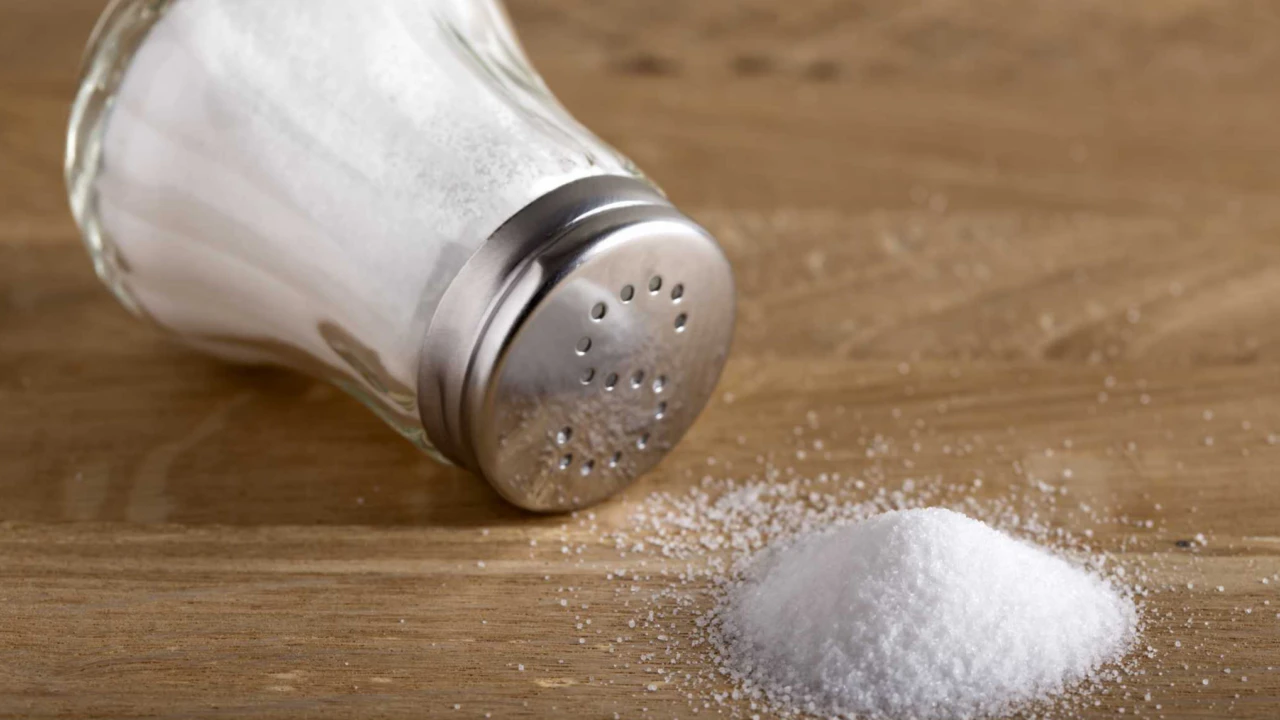
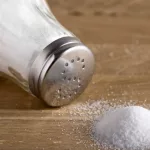
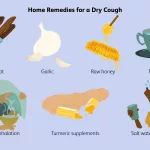


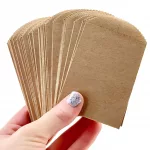
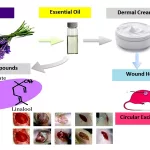

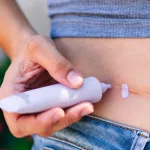








Leave a Reply
You must be logged in to post a comment.